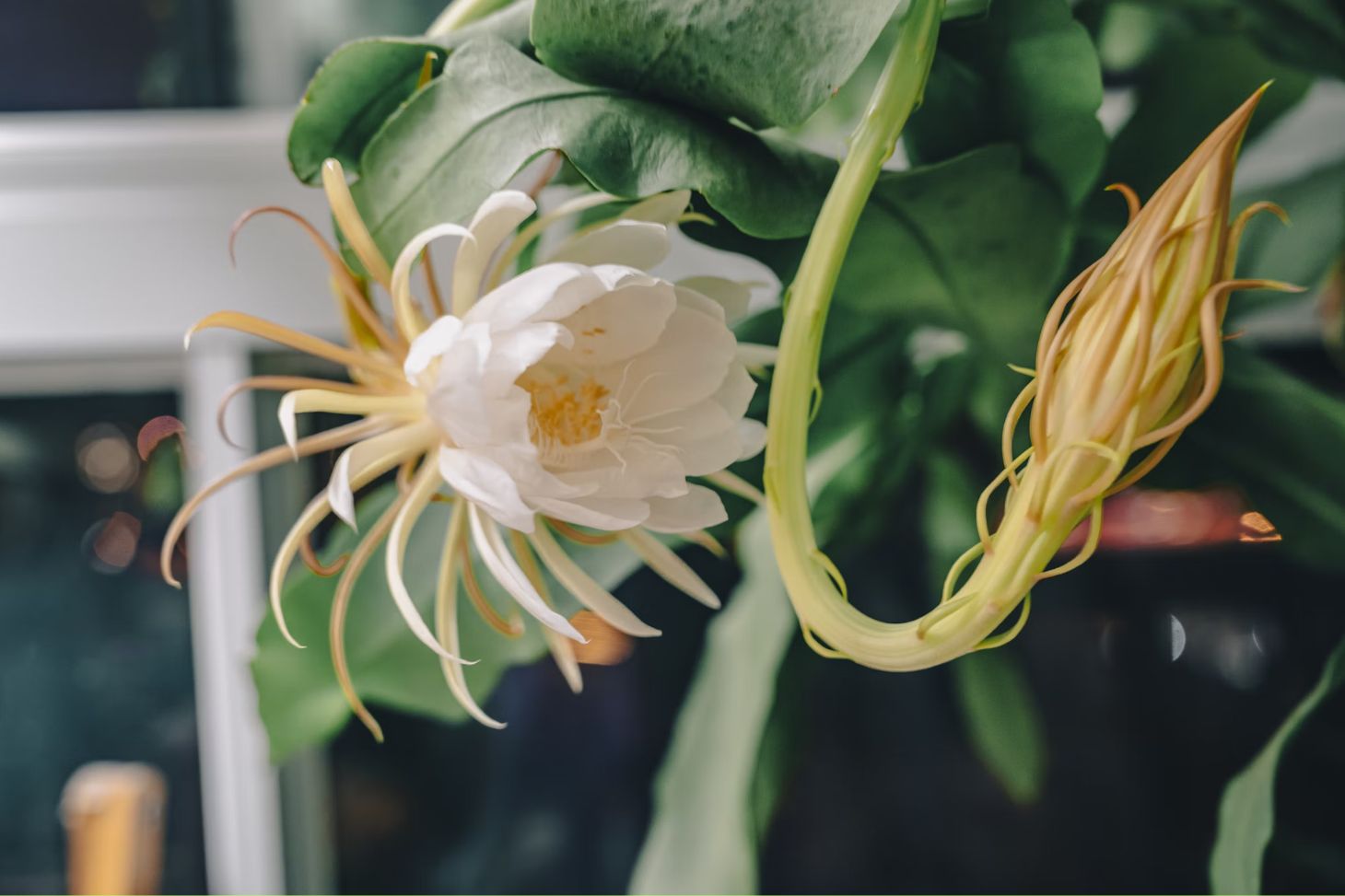Jungle Cactus
Jungle cacti are a unique group of cacti that grow in rainforests instead of deserts. Unlike most cacti, jungle cacti thrive in humid environments with filtered light and require more frequent watering than desert cacti. These plants often grow on trees and rocks in nature, which makes them very different from typical desert cactus varieties.
You might be familiar with popular types like Rhipsalis and fern leaf cactus, which are known for their unusual shapes and easy care. If you want a low-maintenance and interesting houseplant, a jungle cactus could be the perfect choice for you.
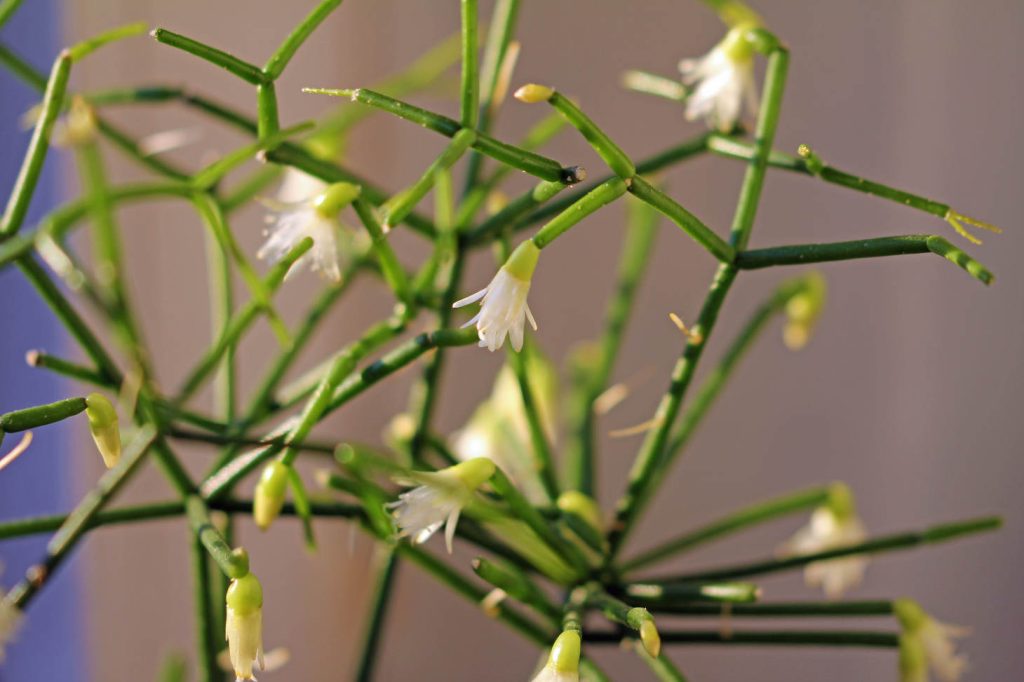
Key Takeaways
- Jungle cacti are cactus species that naturally grow in humid jungles.
- They have different care needs compared to desert cacti.
- Popular species are easy to keep indoors and offer unique looks.
What Are Jungle Cacti?
Jungle cacti are a unique group of plants that grow in tropical forests, not in deserts. They have unusual shapes, different needs, and special features compared to typical desert cacti.
Unique Adaptations of Jungle Cacti
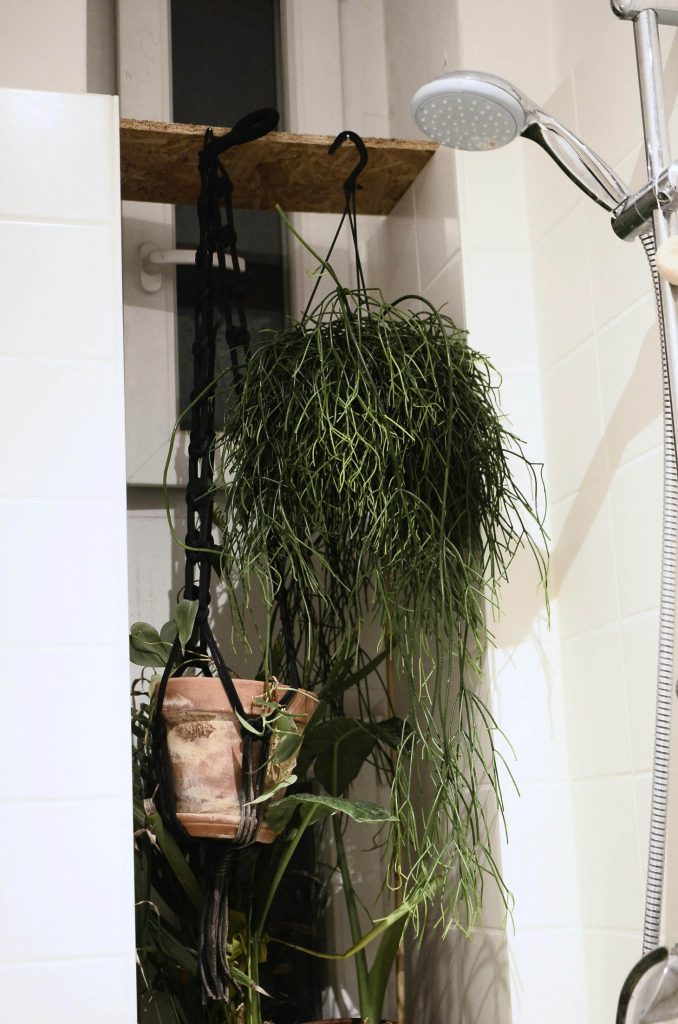
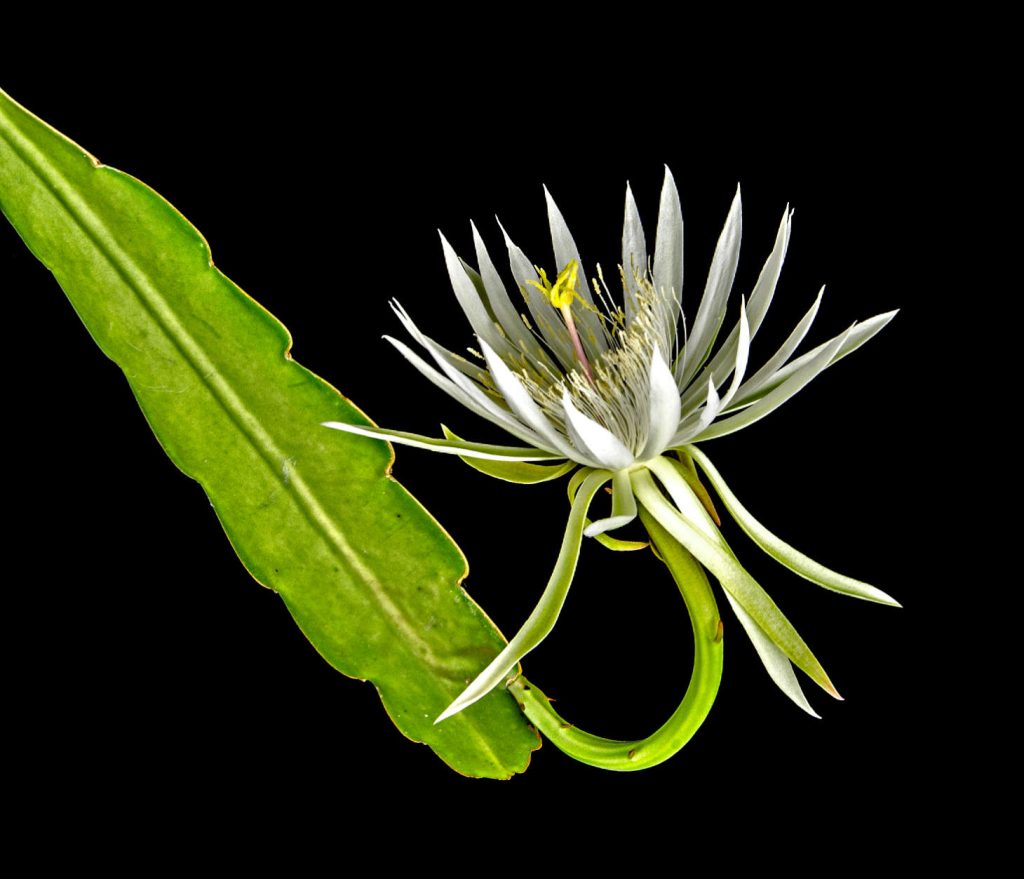
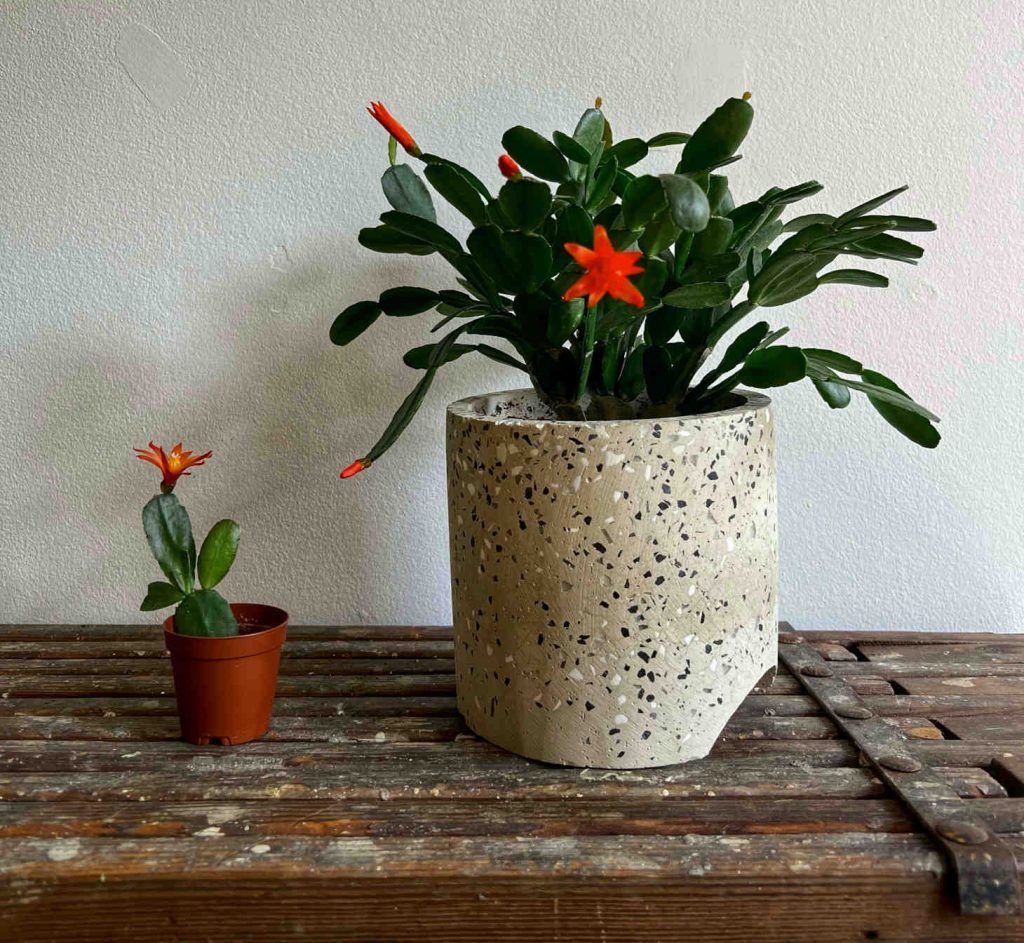
Jungle cacti have adapted to live in moist, shady environments like rainforests and woodlands. These plants are often epiphytic (growing on trees) or lithophytic (growing on rocks), rather than rooted in the ground.
They can absorb water and nutrients from the air and surrounding debris. Their roots are usually shallow and meant for gripping bark or rock more than soaking up soil moisture.
Most jungle cacti, such as Rhipsalis, Epiphyllum, and the Christmas cactus (Schlumbergera), need moderate to high humidity and bright, filtered light. Flattened or jointed cladodes (modified stems) help catch rain and light under a dense tree canopy.
Differences from Desert Cacti
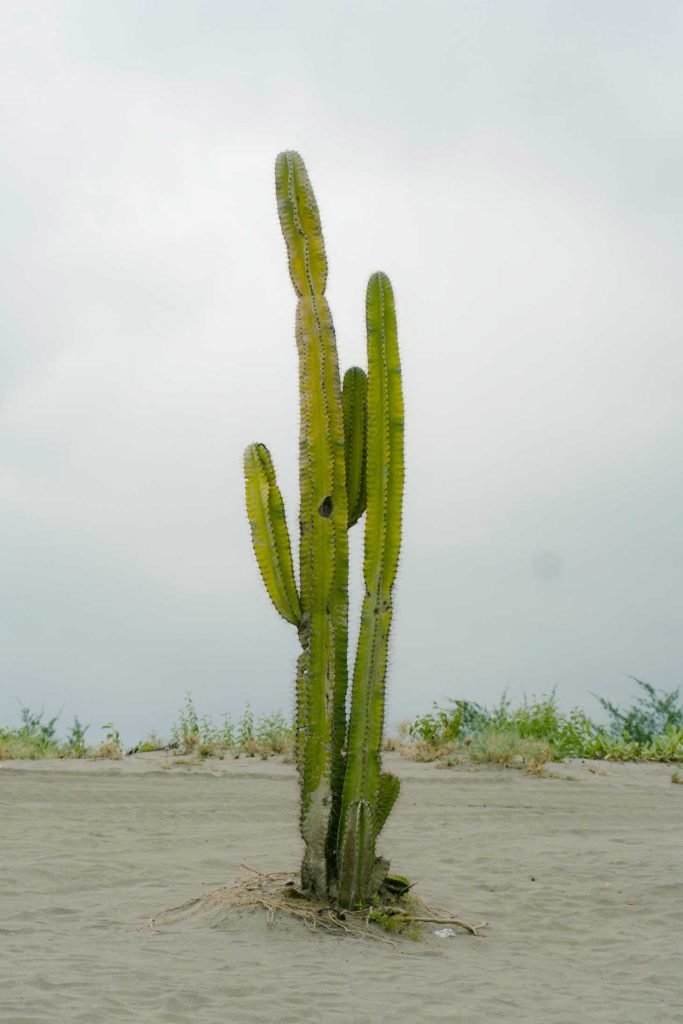
The biggest difference between jungle cacti and desert cacti is where they come from and how they survive. Jungle cacti need more water and humidity because they naturally grow in rainforests, not arid areas.
Unlike desert cacti, jungle cacti (epiphytic cacti) rarely have spines. Instead, you may find tiny hairs or bumps where the plant’s segments join.
Jungle cacti don’t store as much water in their stems. Their growth cycle also depends more on the rainy seasons of their native habitats. Examples like the Christmas cactus bloom at certain times of the year, unlike many desert cacti that flower after rain.
Key Characteristics
To help you recognize jungle cacti, look for these traits:
- Flattened, jointed stems rather than round or ribbed bodies.
- Few or no spines, sometimes replaced by soft aerial roots or tufts of hair.
- Bright or pastel flowers that may bloom at night or early morning.
- Epiphytic or lithophytic habits, often seen growing on tree branches or rocks.
Some of the best-known genera are Rhipsalis, Epiphyllum, and Schlumbergera. These cacti can add a lush, green look to your home, especially if you can give them humidity and dappled light. Their unusual growth shapes make them stand out from desert cacti.
Popular Jungle Cactus Species
Many jungle cacti have unique shapes and growth patterns. Some have flattened stems, while others have long, trailing branches. These species are favorites among houseplant enthusiasts for their low-maintenance care and interesting flowers.
Rhipsalis Overview
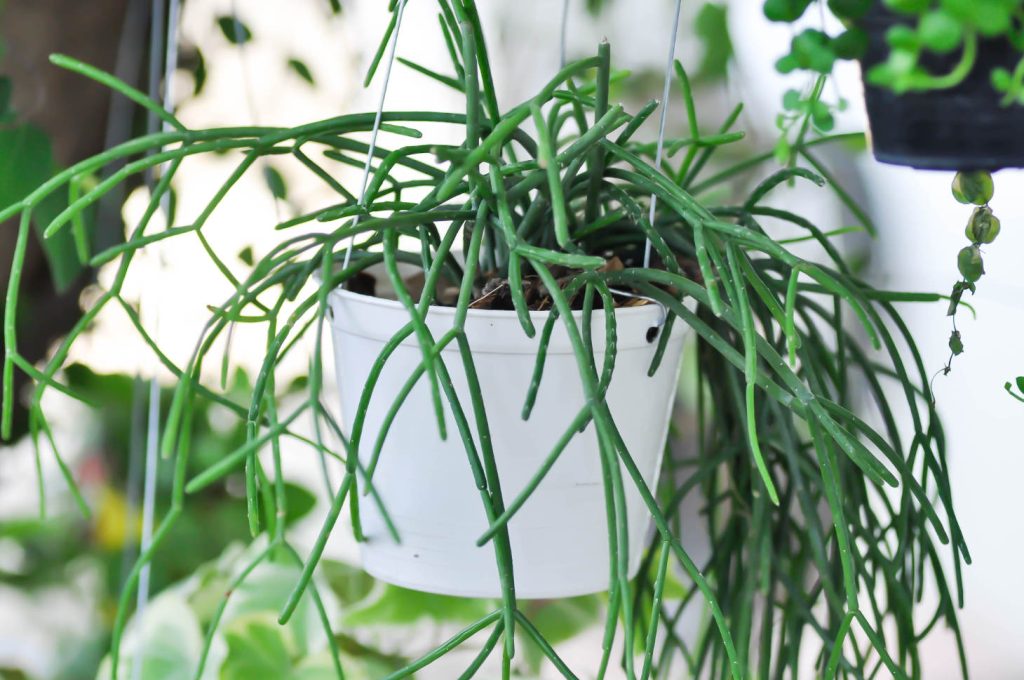
Rhipsalis is a large group of jungle cacti, also known as mistletoe cacti. You will notice their thin, often cylindrical stems that hang or cascade over pots and hanging baskets. Most Rhipsalis species grow naturally in rainforests, attaching themselves to tree branches instead of growing in soil.
They prefer bright, indirect light and humidity. They can handle short periods of drought, but regular thorough watering keeps them healthiest. Rhipsalis plants rarely have spines. Instead, their stems are soft to the touch. Flowers are small, usually white or yellow, and lead to round, berry-like fruit.
Key growth tips:
- Keep away from direct, harsh sunlight
- Water when the top inch of soil is dry
- Use a well-draining soil mix
Epiphyllum and Its Varieties
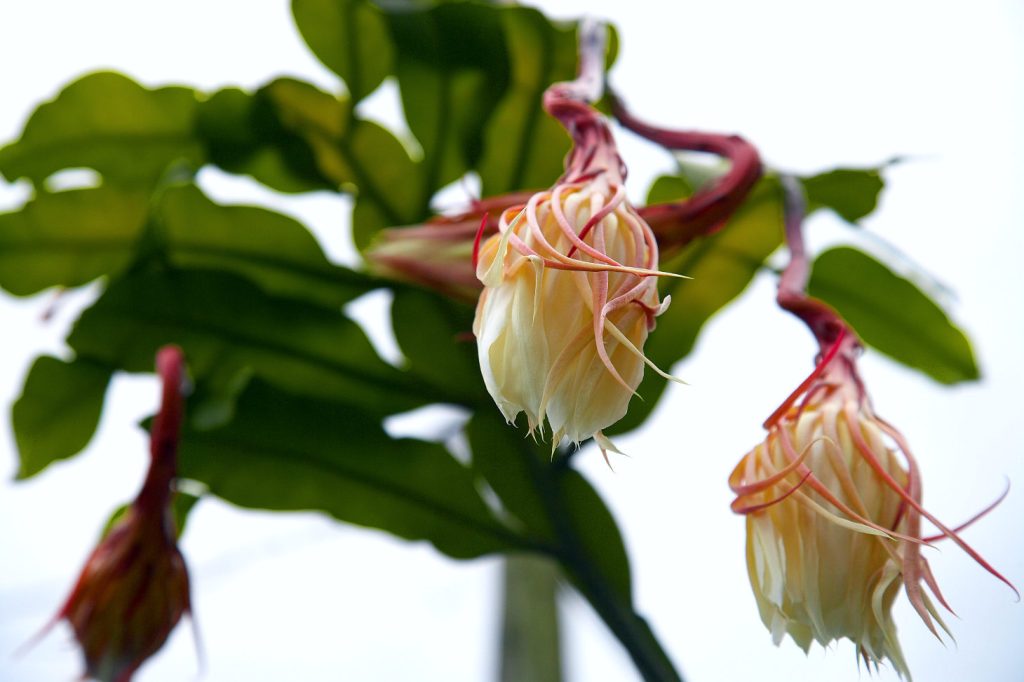
Epiphyllum, sometimes called orchid cacti, have flattened, broad stems and produce large, dramatic blooms. You might see their flowers open at night and close by morning, ranging in color from white to bright pink or red.
They need filtered sunlight, high humidity, and good airflow. Their stems can reach several feet and look almost leaf-like. Epiphyllum hybrids are common and prized for their striking flowers. You’ll sometimes see them named “Epiphyllum hybrids” in plant shops.
Common varieties:
- Epiphyllum oxypetalum
- Epiphyllum pumilum
- Many colorful hybrids
Regular watering and a loose, well-draining potting mix with materials like perlite or orchid bark work best. Let stems drape naturally for best growth.
Fishbone Cactus and Epiphyllum Anguliger
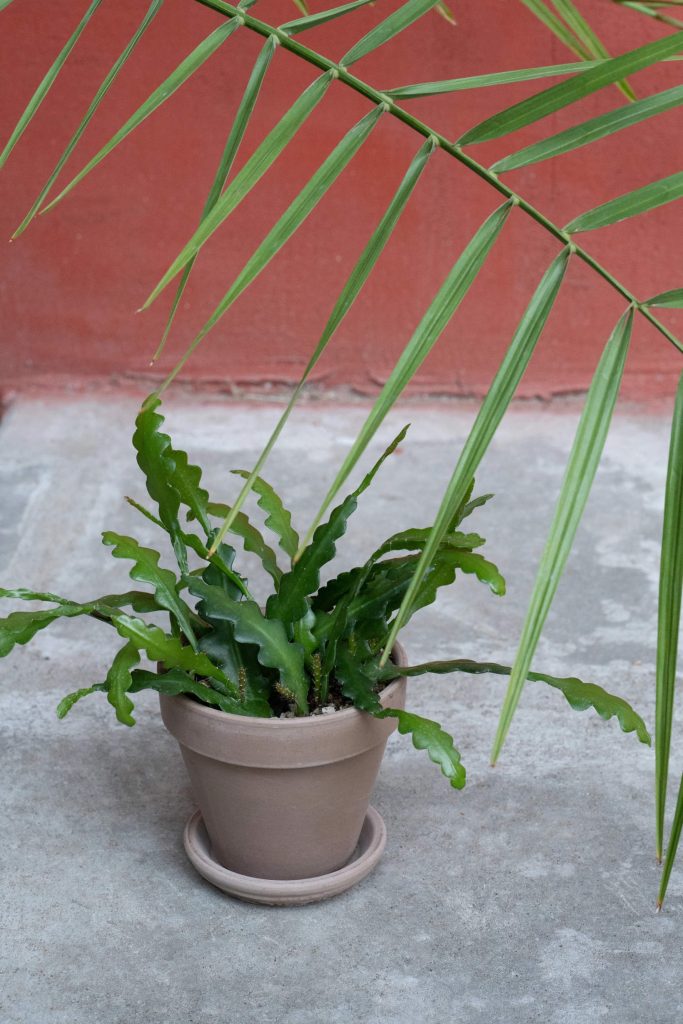
Fishbone cactus, or Epiphyllum anguliger, stands out with its zigzag, deeply lobed stems. The pattern looks like a fish skeleton, which makes it popular for both indoor and outdoor collections.
This cactus is native to Mexican rainforests. It grows as an epiphyte on trees, so it likes humidity and indirect light. Flowers are fragrant and can be white or pale yellow. Blooms often appear in the evening.
Care summary:
- Bright, indirect light
- Moist but not soggy soil
- Higher humidity improves growth
Epiphyllum anguliger is easier to grow than many flowering cacti, and its unusual stems make it a favorite for hanging baskets.
Queen of the Night
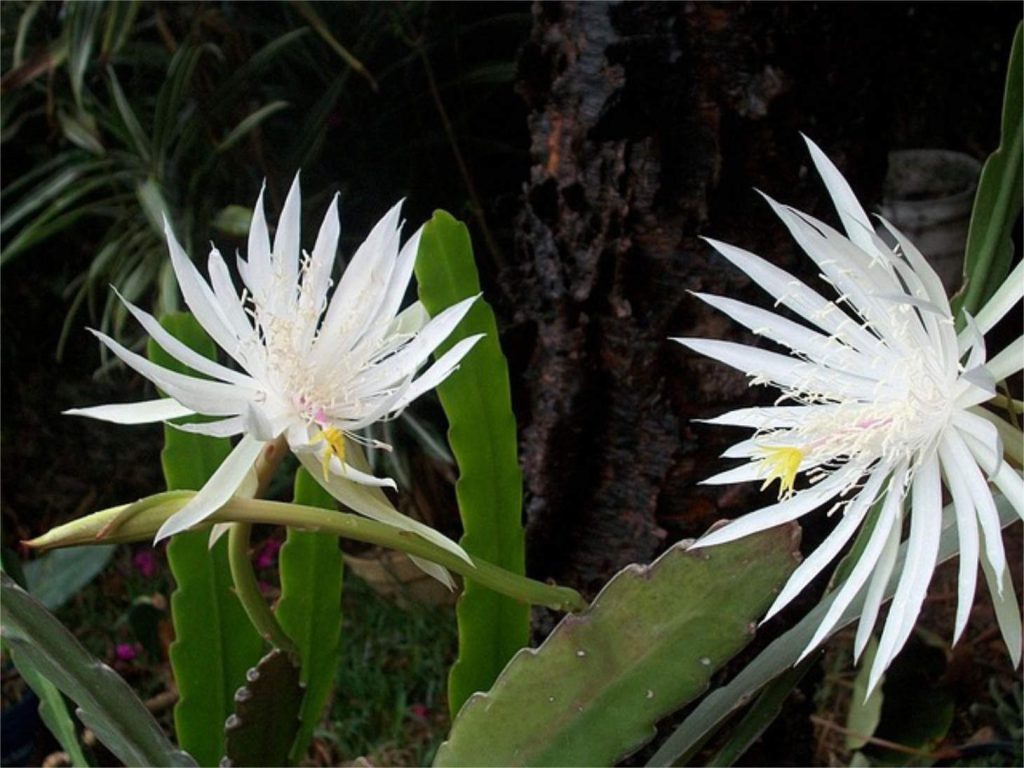
Queen of the Night refers to Epiphyllum oxypetalum. You will spot these cacti by their long, flat stems and their famous, night-blooming flowers.
Their flowers are large, white, and very fragrant, but they only open at night and wilt by dawn. This makes flowering a special event that lasts for one night. The plant likes indirect light and can grow quite large with age.
Key points for Queen of the Night:
- Needs stable warmth and humidity
- Allow soil to dry slightly between waterings
- Blooms usually in summer, once a year
Patience is important with this cactus, as you may wait years to see its flowers.
Frequently Asked Questions
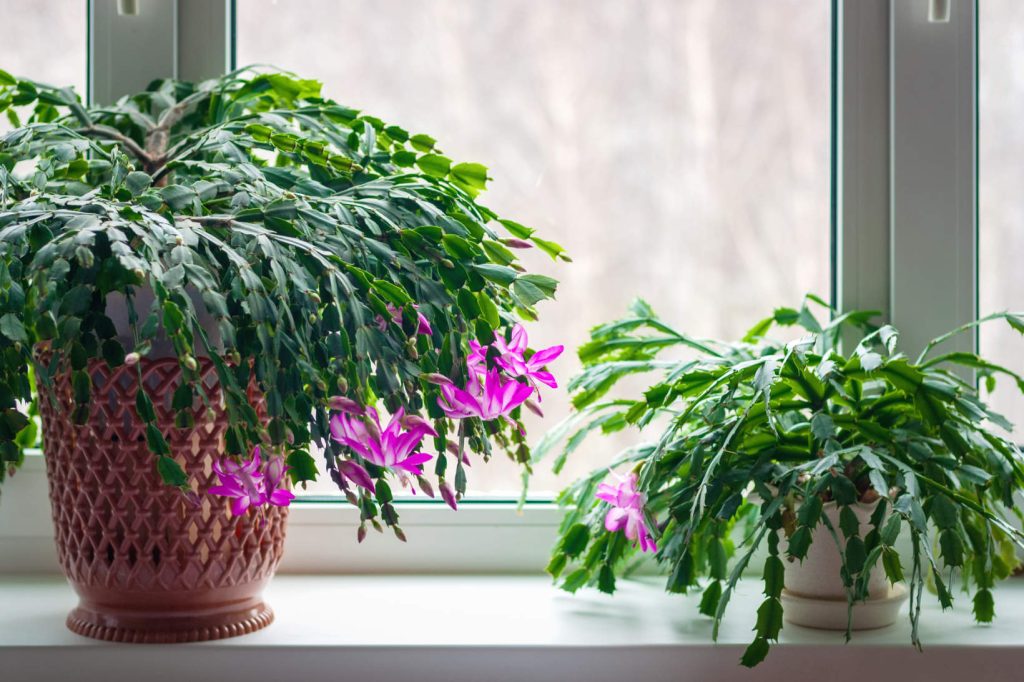
Jungle cacti have unique features and care needs compared to other cacti. You might notice differences in light, water needs, propagation, and appearance.
What are the different types of cacti found in jungle environments?
Most jungle cacti are from the genera Rhipsalis, Epiphyllum, and Schlumbergera. These cacti often grow on trees or rocks in rainforests. Rhipsalis, commonly called mistletoe cactus, is the most widespread jungle cactus.
How do you care for a Rhipsalis cactus?
Rhipsalis needs bright, indirect light and prefers humidity. Water it when the top inch of soil feels dry, but do not let it sit in water. Use a loose, well-draining soil mix.
What are the ideal conditions to encourage flowering in jungle cacti?
Jungle cacti need a period of cooler temperatures and consistent moisture to bloom. Give them bright, indirect light and avoid frequent moves. A short rest period helps trigger flowers.
Can you describe the process of propagating jungle cacti?
To propagate, take a healthy stem cutting and let it dry for a few days until the cut end hardens. Plant the cutting in moist, well-draining soil and place it in indirect light. Keep the soil slightly damp but not wet until new growth starts.
What distinguishes jungle cacti from desert cacti?
Jungle cacti usually have thinner, softer stems and lack sharp spines. They grow in humid forests, often as epiphytes on trees, while desert cacti prefer hot, dry climates. Jungle cacti need more moisture and less direct sunlight.
Where can one purchase a jungle cactus plant?
You can find jungle cacti at many local garden centers, plant nurseries, or specialty online stores. Look for sections with tropical or epiphytic plants, as jungle cacti are sometimes grouped with orchids and ferns.

